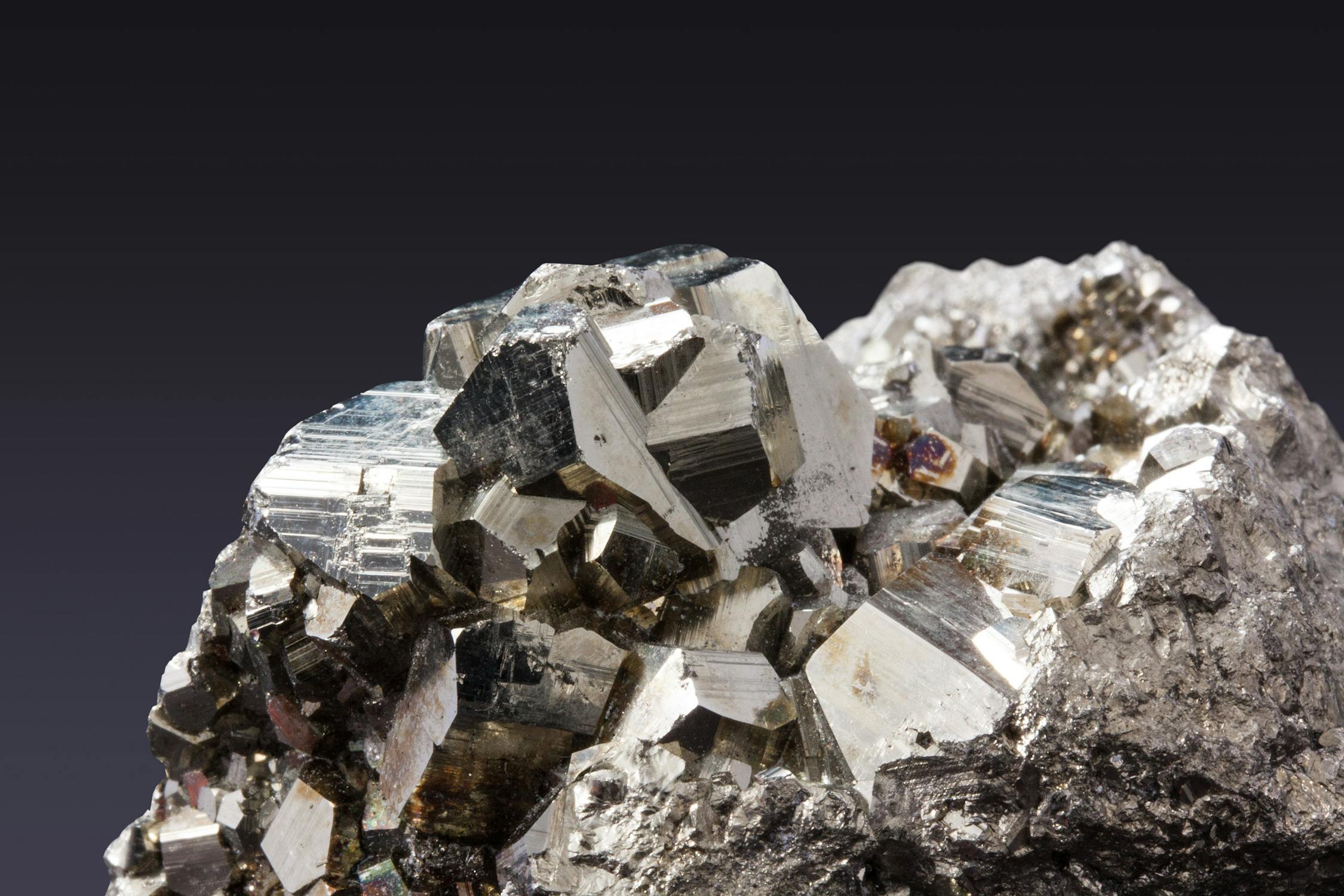
One of the most requested questions in our blog is explaining what exactly is photochromic lenses?
How do they work
While ordinary lenses may serve to correct your vision, protect you from the sun among other things, photochromic lenses are made to protect your eyes during night and day.
They contain special crystals that enable them to get darker during the day, while remaining clear during the night.
As they get exposed to high frequency light (most often ultraviolet UV radiation), they undergo a chemical process that changes the material molecular structure making it appear to be darker.
They don't usually don't get as dark as polarized lenses, but still protect your eyes from sunlight and reduces most eyestrain.

Why do so many athletes use them?
Because you can use them in a number of different situations and weather conditions, they can be much more versatile than traditional lenses.
For example, many cyclists like to use polarized lenses during sunny weather, but sometimes during foggy weather they don't offer the best vision and they end up having to change glasses or (at a worst case scenario) having to ride with no glasses.
Exercising with no glasses can be extremely dangerous as I explained in a previous post.
By wearing photochromic lenses, athletes don't have to worry if the weather is sunny or rainy, if it's night or day. They can just leave home, wear the glasses and enjoy the ride.
Why are they more expensive than polarized and other types of lenses?
Although sports glasses are usually unnecessarily expensive, due to reasons that I explain in this post, the cost of producing photochromic lenses is indeed higher than ordinary lenses.

In order to change color under sunlight exposure, photochromic crystals are usually made with a material called "silver chloride".
These crystals are made with an amalgamation of silver and chloride atoms. Silver chloride is transparent, however when it gets exposed to sunlight, it releases silver cations and becomes visible.
High quality photochromic lenses usually have higher concentration of silver.
How fast do they change color?
It usually depends on the UV light intensity and temperature. They get darker faster under colder temperatures and under intense sunlight.
The typical pair of photochromic lenses goes from totally clear to dark in around 30 to 90 seconds on average.
Where can I get them?
If you need a pair of photochromic glasses for sports activity, we have a vast collection suited for you. All of our sports glasses are made with impact resistant polycarbonate and 99.9% UV protection.
They are also all compatible with prescription and come with a free RX Adapter in every purchase.
You can find them here: https://brightcyclingstore.com/collections/cycling-glasses-collection/photochromic
